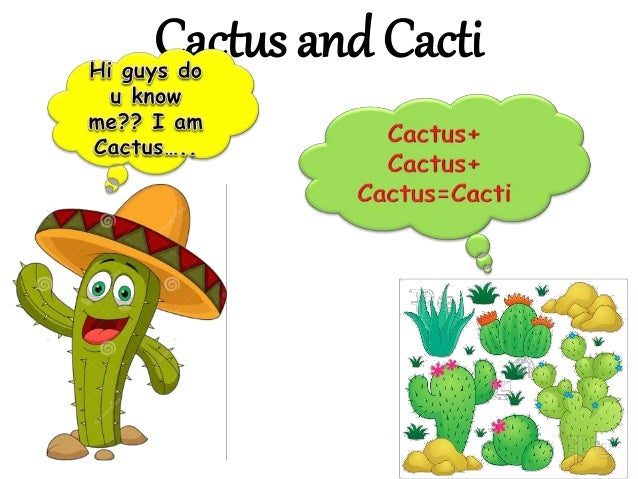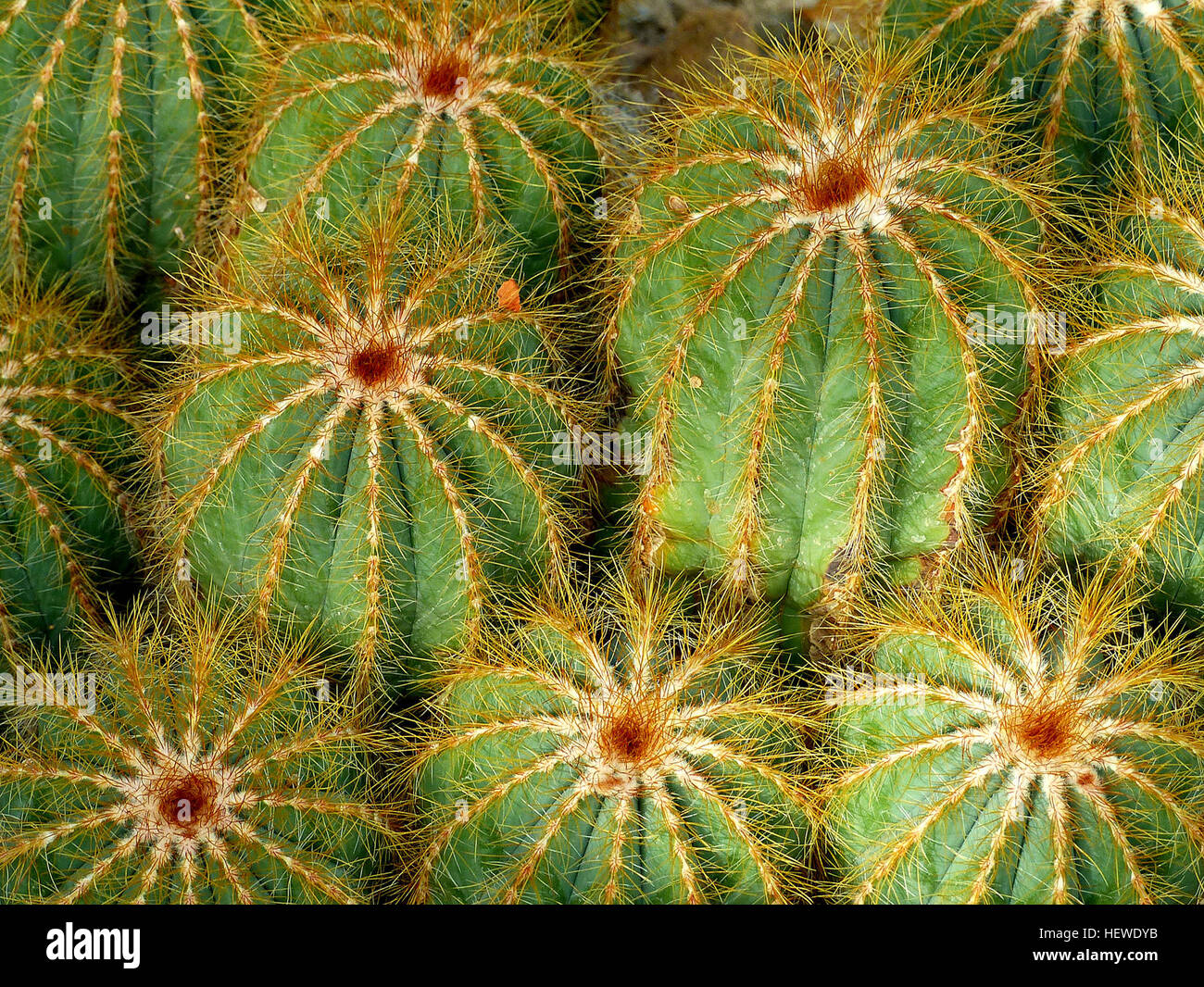
To tide them over the dry spells, their leaves gradually became fattened by water-storing tissues and their leaves became covered with a waxy or horny material that reduces evaporation from the surface. aloes, hawthorias, crassula, echeveria) evolved under less severe conditions than cacti in areas where rainy seasons were followed by long dry periods.

Accordian-like ribs can expand when moisture is plentiful and contract during times of drought. Many can change their shape to adjust the area of their evaporation surfaces to varying conditions. Instead, they began to store available water in their stems. As changing climate conditions turned native habitats into deserts, most cacti gradually lost their leaves, which evaporated too much scarce water into the dry air. And some sprout small leaves on new growth for a short time each spring. Fruit may be colorful and sometimes edible.Īll cacti do have leaves in their seedling stage. Flowers are usually large and brightly colored.

Most species have spines or bristles for protection against browsing animals, but there are some without spines and several have long hair or a wooly covering instead. They have stems modified into cylinders, pads or joints that store water in times of drought.

With rare exception, they do not have leaves-as the result of their struggle to survive. 2000 years later Linnaeus (the plant classifier) adopted the name Cactaceae to embrace a group of plants whose peculiar traits included fleshy stems that served to store water, prickly or hairy coverings and few, if any, leaves. Succulents do not belong to one plant family but are represented in over 40 botanical families that are spread around the world and include close relatives of the pointsetta, geranium, lily, grape, amaryllis, crassula, daisy, milkweed.Ĭactus comes from the word kaktos (spiny plant), used by ancient Greeks to describe a species that turned out to be not a cactus at all but a type of artichoke. Conversely, not all succulents are cactus. Some people exclude fleshy plants such as epiphytic orchids, some include desert plants that are not fleshy (yuccas, puyas).Ĭactus (cacti is the Latin plural of cactus) is simply a succulent that can store moisture but is placed in a separate category ( Cactaceae). A succulent is any plant that stores water in juicy leaves, stems or roots in order to withstand periodic drought. While the leaves have become the spines for which cacti are *well known*.What is the difference between cactus and succulent? A cactus is the only plant that can sit in a blazing south window where the sun pours in, magnified through the glass. Cacti range in size from small and globular to tall and columnar. Many cactus species are night blooming, as they are pollinated by nocturnal insects or small animals, principally moths and bats. Cactus flowers are large, and like the spines and branches arise from areoles. The tallest is Pachycereus pringlei, with a maximum recorded height of 19.2 m, and the smallest is Blossfeldia liliputiana, only about 1 cm in diameter at maturity. Their stems have adapted to become photosynthetic and succulent, while the leaves have become the spines for which cacti are well known.Ĭacti come in a wide range of shapes and sizes. Cacti are grown for protection of property from wild animals, as well as many other uses.Ĭacti are part of the plant order Caryophyllales, which also include members like beets, gypsophila, spinach, amaranth, tumbleweeds, carnations, rhubarb, buckwheat, plumbago, bougainvillea, chickweed and knotgrass.Ĭacti are unusual and distinctive plants, which a readapted to extremely arid and hot environments, showing a wide range of anatomical and physiological features which conserve water. They are often used as ornamental plants, but some are also crop plants. A cactus (plural: cacti) is any member of the plant family Cactaceae, native to the Americas.


 0 kommentar(er)
0 kommentar(er)
